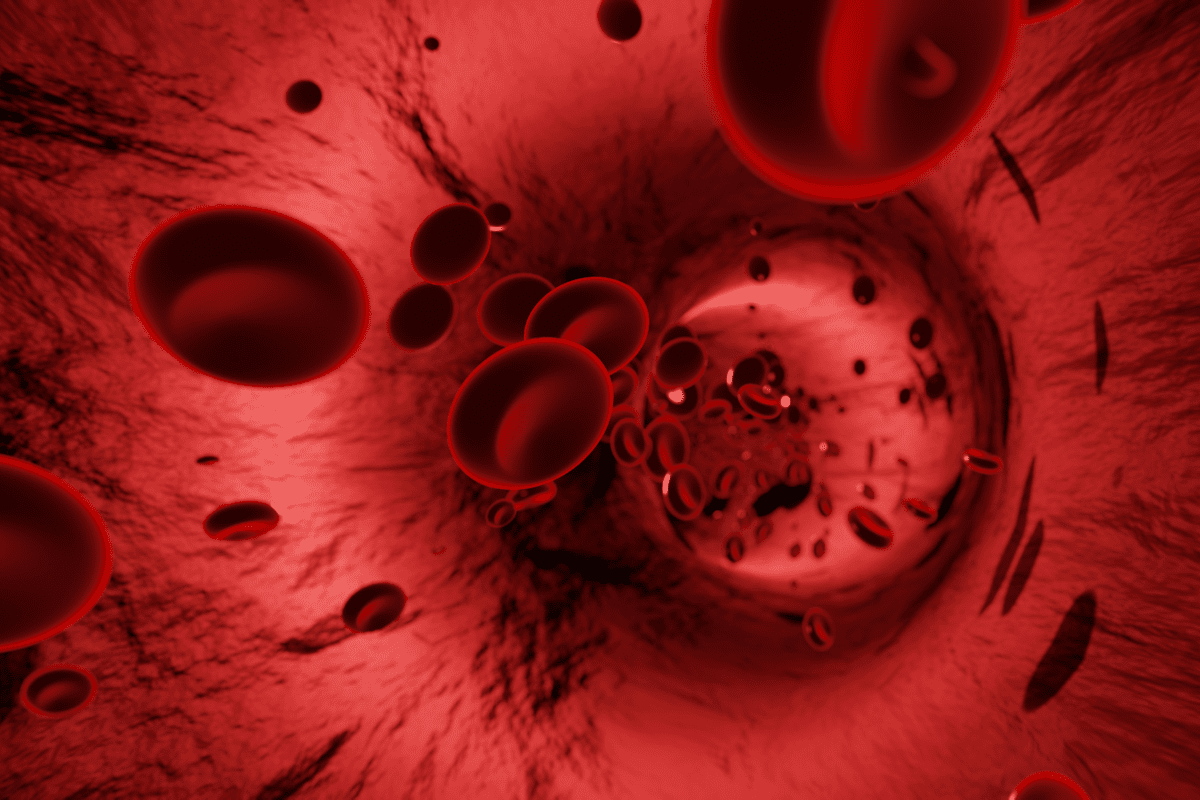 Parasites can infect our blood vessels and cause inflammation which can result in narrowing of the vessels, reduced circulation, swelling, edema, pain, stiffness, difficulty walking and much more.
Parasites can infect our blood vessels and cause inflammation which can result in narrowing of the vessels, reduced circulation, swelling, edema, pain, stiffness, difficulty walking and much more.
In 2008, Dr. Zamboni created the term Chronic Cerebrospinal Venous Insufficiency (CCSVI) to describe a condition where the veins in the head and neck of MS patients become narrowed or blocked and thus are not able to properly remove blood from the central nervous system.
CCSVI, also called liberation therapy, is a procedure that opens the blocked or narrowed veins by inflating them with a small balloon or inserting a stent which helps to improve blood flow and drainage of blood from the brain.[i]
Whether CCSVI is a significant problem in MS has not been proven and research in this area is often conflicting. I am not an advocate for CCSVI because I have interviewed many people who had the CCSVI procedure done and not one has had significant long term benefits from it.
There is a large and ever-growing body of evidence that supports the belief that multiple sclerosis is an infectious disease, caused by a parasitic infestation.
Research shows that parasites that cause chronic infections love to settle in the lining of blood vessels, especially in veins where they hide behind fibrin. Common infections already identified in blood vessels include rickettsia, Babesia, Borrelia, viruses and many others.[ii]
Infections in the lining of blood vessels (especially veins) cause vasculitis which leads to immune reactions, inflammation, scarring and can cause some veins to become more narrow.
Common symptoms of vasculitis include fever, fatigue, loss of appetite, joint pain, muscle pain, numbness and weakness.
The decreased blood flow and potential backflow of blood to different parts of the central nervous system (CNS) can cause a buildup of metals, other toxins and infections and can lead to damaged nerves and neurological symptoms.
As MS progresses, people suffer from a growing number of symptoms of poor or decreased circulation.
Symptoms of poor circulation include:
- tingling or a “pins and needles” sensation on your skin
- throbbing or stinging pain in your limbs
- muscle cramps
- muscles that hurt or feel weak when you walk
- pale or blue skin color
- cold fingers or toes
- numbness
- chest pain
- swelling
Our body produces the protein fibrin when tissues are damaged.
What does fibrin do in inflammation?
Fibrin is a clotting protein which plays an important role in infection, inflammation, immune function, and wound healing. It is present in infected veins throughout the body but also in veins in the CNS.
One of the earliest signs of disease in multiple sclerosis is the disruption of the blood brain barrier which is linked to inflammation and white matter injury that is typical in MS.
Fibrin deposits are found in early multiple sclerosis lesions and areas of demyelination close to inflammation and damaged axons.[iii]
The formation of fibrin activates various parts of the immune response, resulting in the promotion of inflammation. In chronic disease, inflammation occurs when our immune system is defending us from parasitic infections.
Most multiple sclerosis (MS) lesions in the white matter of the brain grow out from small, inflamed veins. Researchers wonder if the veins in the center of MS lesions are different from veins outside lesions and from similar veins found in healthy people or in those that suffer from other neurologic conditions.[iv]
Integrative practitioners often recommend that their patients take a supplement that breaks down fibrin if they suffer from pain, swelling or other symptoms of inflammatory conditions. Serrapeptase, nattokinase, lumbrokinase or protease are enzymes that will break down proteins such as fibrin. If using these proteolytic enzymes to decrease inflammation, it is important to take it between meals on an empty stomach or it will just digest protein in the meal.
It’s great to use supplements to manage symptoms, but in order to recover from disease, the parasites that are causing the inflammation must also be treated.
It’s best to use a holistic approach to treating parasites which includes a layering of therapies. The treatment plan should include an oxidative therapy like ozone or chlorine dioxide.
Chlorine dioxide (CD) is very cost effective and it is also a very effective oxygen therapy to treat infections throughout the body, including the ones infecting the lining of blood vessels. A person can use CD in the comfort of their home several times during the day.
CLICK HERE to learn more about chlorine dioxide and Treating Parasites with Oxygen Therapies.
When recovering from chronic diseases like multiple sclerosis, it’s so important to understand what we’re dealing with. We are suffering from a parasitic infestation which is largely in our intestines. Yet these parasites also occupy the lining of our blood vessels, organs and our central nervous system. It’s great to use safe supplements to help manage symptoms, but the ultimate goal is to effectively treat the parasites throughout the body so that we can get our health and life back. Our goal is to create health and not to manage sickness.
There are real solutions to recover from parasites today!
To restore health, we must focus on treating the cause of inflammation, which are parasites. First, identify the enemy (parasites), then support the body and treat the parasites while following a holistic approach. When parasitic infections are treated effectively, we can overcome inflammation or disease.
If you’re frustrated with the fact that our standard of care STILL doesn’t offer a real solution for treating MS or other diseases, then click on the link below to watch Pam Bartha’s free masterclass training and discover REAL solutions that have allow Pam and many others to live free from MS.
CLICK Here to watch Pam’s masterclass training
References:
[i] https://mssociety.ca/hot-topics/chronic-cerebrospinal-venous-insufficiency-ccsvi
[ii] https://www.tandfonline.com/doi/abs/10.1080/08916930802613210?journalCode=iaut20
[iii] https://www.haematologica.org/article/view/9514
[iv] https://www.ncbi.nlm.nih.gov/pmc/articles/PMC3589186/

Clinically diagnosed with multiple sclerosis at the age of 28, Pam chose an alternative approach to recovery. Now decades later and still symptom free, she coaches others on how to treat the root cause of chronic disease, using a holistic approach. She can teach you how, too.
Pam is the author of Become a Wellness Champion and founder of Live Disease Free. She is a wellness expert, coach and speaker.
The Live Disease Free Academy has helped hundreds of Wellness Champions in over 15 countries take charge of their health and experience profound improvements in their life.

